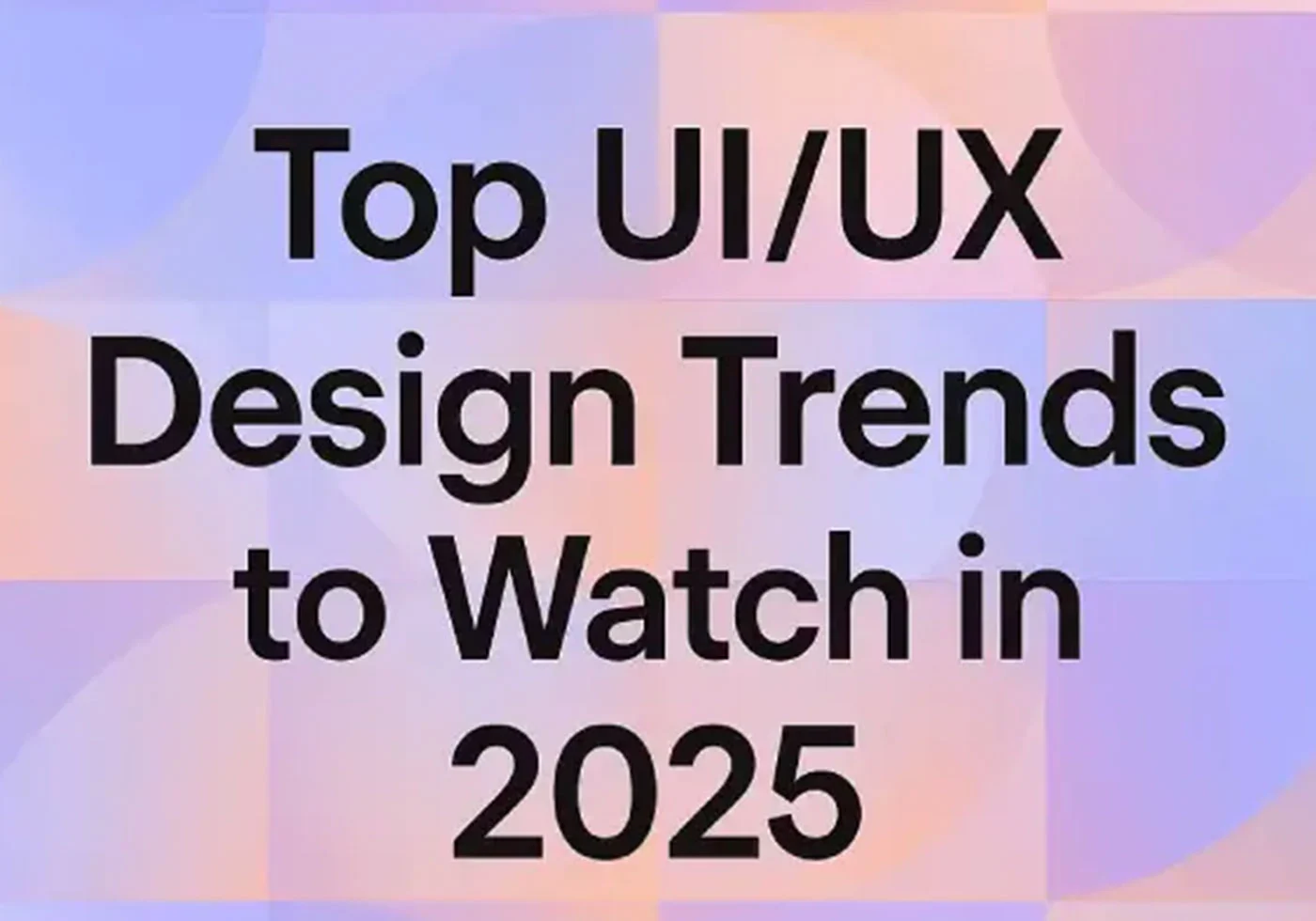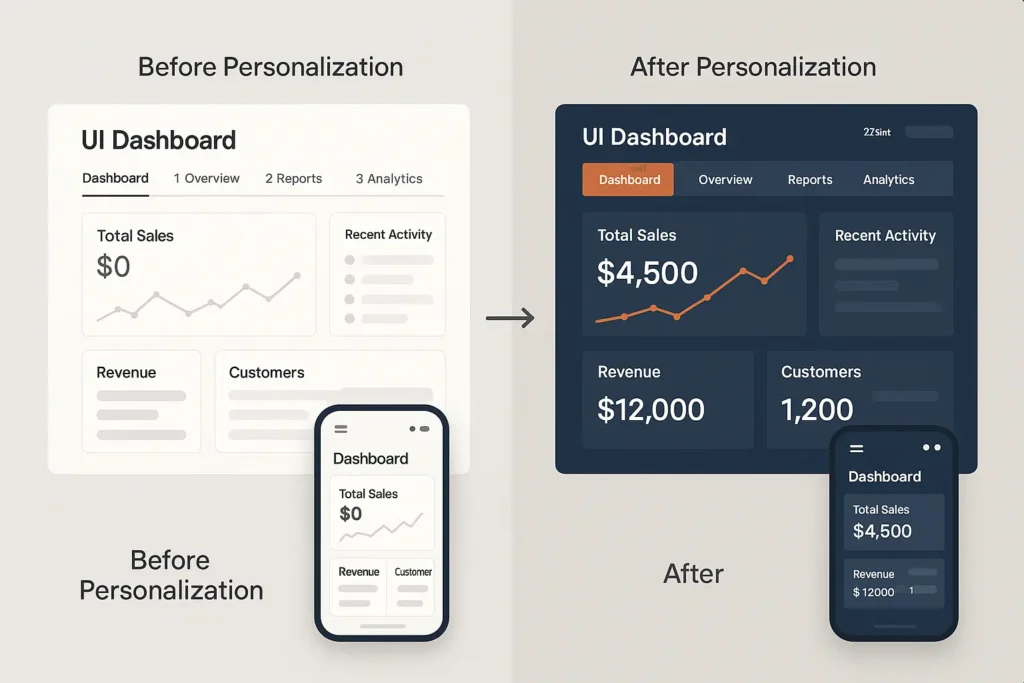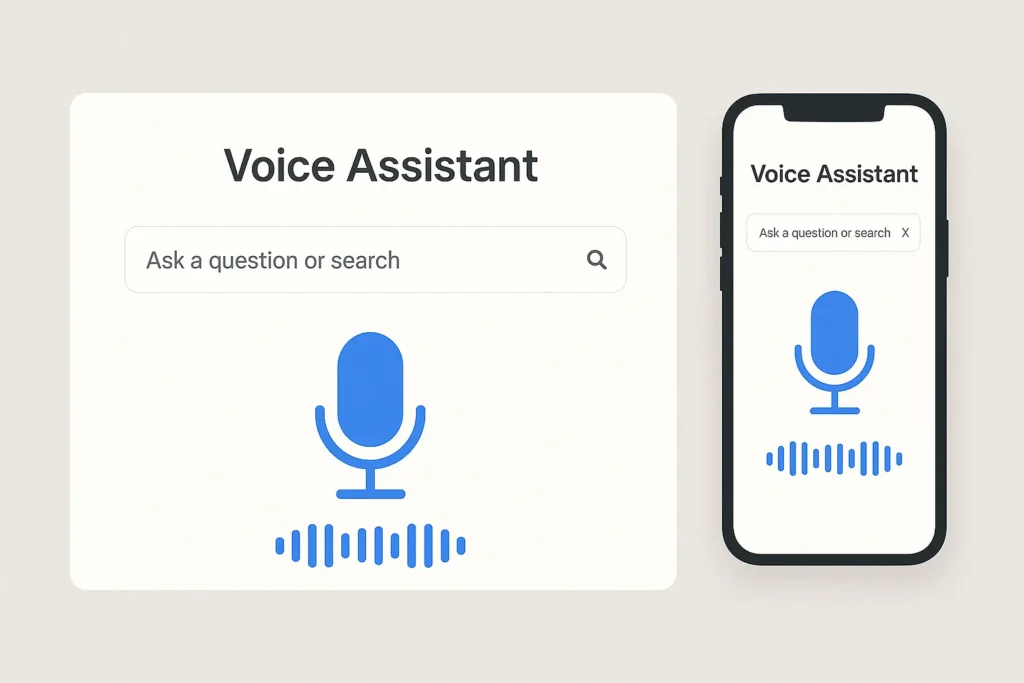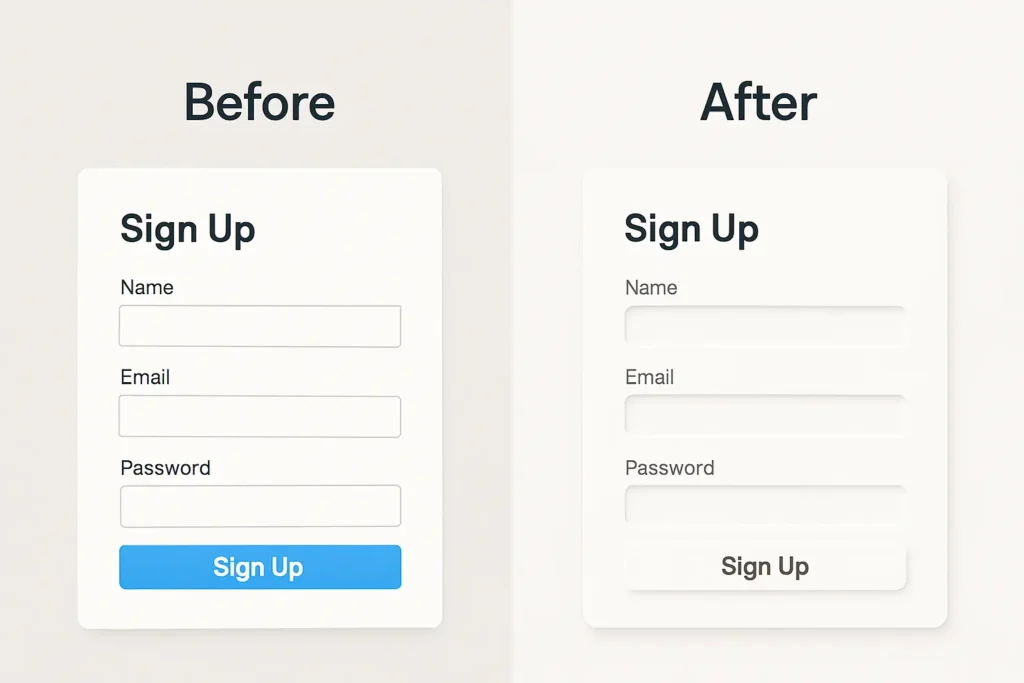Top UI/UX Design Trends to Watch in 2025

Introduction
The landscape of UI/UX design is constantly evolving—and 2025 is no exception. With rapid advancements in artificial intelligence, augmented reality, and user-centric design practices, staying ahead of the curve is essential for businesses aiming to create memorable and high-converting digital experiences.
Whether you’re designing a mobile app, website, or SaaS platform, understanding emerging UI/UX trends is crucial for growth. In this article, we’ll explore the top UI/UX design trends for 2025, why they matter, and how to apply them to your projects.
1.AI-Driven Personalization
AI is no longer a novelty—it’s a necessity in modern design. In 2025, expect hyper-personalized user interfaces powered by machine learning algorithms that adapt in real time to each user’s behavior, location, and preferences.
Why It Matters:
- Boosts user engagement by making interfaces feel intuitive and tailor-made
- Reduces bounce rates by anticipating user needs
- Increases conversions with personalized call-to-actions (CTAs)
Implementation Ideas:
- Use AI tools like Adobe Sensei or Figma’s AI features to auto-adjust layout/design
- Incorporate personalized dashboards for logged-in users
- Suggest content/products based on past behavior

2.Voice User Interfaces (VUI)
As smart assistants like Siri, Google Assistant, and Alexa become more sophisticated, voice UI is moving from novelty to necessity—especially in accessibility and IoT.
Key Opportunities:
- Hands-free user experiences for mobile/web
- Smart home & wearable integration
- Accessibility improvement for visually impaired users
Design Tips:
- Provide voice command suggestions visually
- Design fallback interfaces if voice fails
- Ensure smooth transitions between voice and touch inputs

3.Micro-Interactions for Deeper Engagement
Micro-interactions—tiny animations or visual cues in response to user actions—make interfaces feel more alive and responsive.
Examples include:
- A like button that explodes with confetti
- Subtle hover animations on cards
- Scroll-triggered effects
Why Use Micro-Interactions?
- Improves usability and feedback
- Adds delight and emotional appeal
- Guides user behavior subtly
Check out our website design services where micro-interactions elevate UX
4. 3D Elements and Immersive UI
2025 will see the mainstream use of 3D visuals, animations, and even AR-powered designs that allow users to interact with digital objects in real space.
Tools You’ll Need:
- Three.js for 3D web
- Spline for real-time design
- WebAR for browser-based AR experiences
Ideal For:
- Product previews
- Interactive storytelling
- Architecture & e-commerce
5. Inclusive & Accessible Design
Accessibility is no longer optional—it’s essential. In 2025, expect widespread adoption of WCAG 2.2 guidelines, as well as interfaces designed for neuro diversity and multi-language inclusive.
Key Principles:
- High contrast and scalable fonts
- Keyboard and screen-reader compatibility
- Multi-sensory feedback (e.g., visual + audio cues)
6. Neumorphism 2.0: Softer & Smarter
Once criticized for poor accessibility, neumorphism is evolving. In 2025, expect a more refined approach combining minimalism, depth, and better contrast.
Features:
- Subtle shadows and highlights for realistic feel
- Works great for cards, toggles, and input fields
- Combined with flat UI for a hybrid look

7. Dark Mode + Dynamic Themes
With more users demanding comfortable viewing options, dark mode is here to stay—and in 2025, we’re seeing dynamic themes that adjust based on time, environment, or user mood.
How to Design Smart Themes:
- Use a toggle between light/dark
- Allow auto-adjust via OS/browser
- Ensure readability and brand consistency
8. Emotion-Driven Design
Emotion is becoming a measurable and designable aspect of UX. Expect interfaces to use tone, color, animation, and sound to evoke specific emotional responses.
Examples:
- Soothing animations during error states
- Empathetic copy in confirmation messages
- Visual storytelling for on boarding experiences
9. Scroll-Triggered Storytelling
Long-scrolling storytelling websites are trending—especially for portfolios, product launches, and campaigns. Scroll events now trigger complex animations, 3D transitions, and audio/visual experiences.
Benefits:
- Keeps users engaged longer
- Ideal for product showcases or brand storytelling
- Great for immersive micro sites
10. Ethical & Sustainable Design
With growing environmental and ethical awareness, digital designers are embracing low-carbon design practices, data privacy, and minimalist UX strategies.
Best Practices:
- Optimize images and code to reduce load times
- Avoid dark UX patterns like forced opt-ins
- Inform users transparently about data collection
Bonus Trend: No-Code Design Systems
Tools like Webflow, Framer, and Figma’s Dev Mode are changing how UI/UX professionals work. Designers can now build interactive prototypes or even live sites without writing code.
Benefits:
- Faster prototyping and deployment
- More designer-developer collaboration
- Scalability via reusable components
Final Thoughts
UI/UX design in 2025 is about smarter personalization, emotional resonance, and ethical responsibility. By understanding and applying these trends early, you’ll not only stay ahead but also deliver designs that truly connect with users.
📌 If you’re looking to implement these trends into your next project, partner with BizFillment—where cutting-edge design meets real-world results.